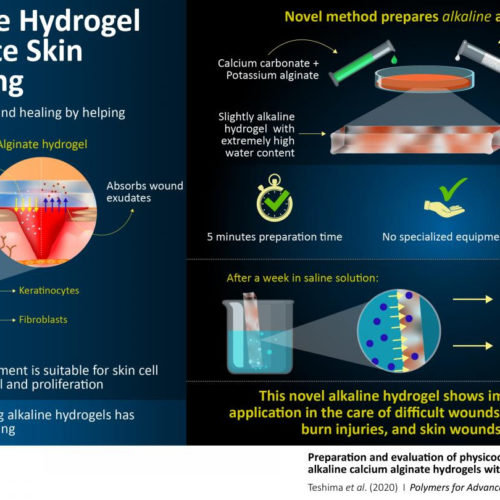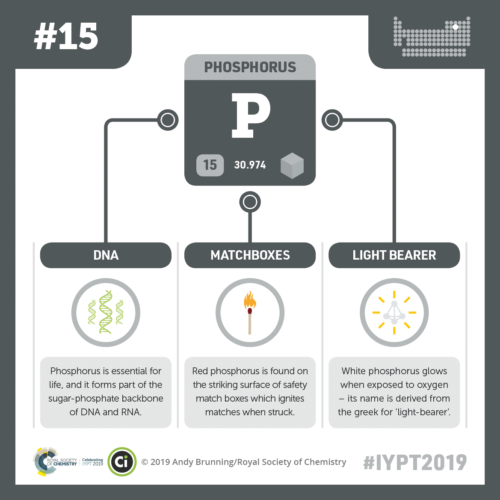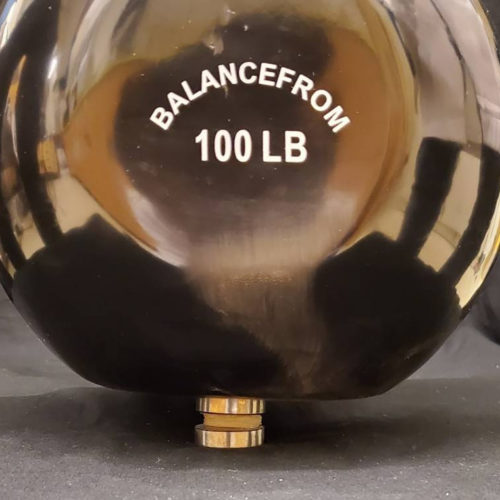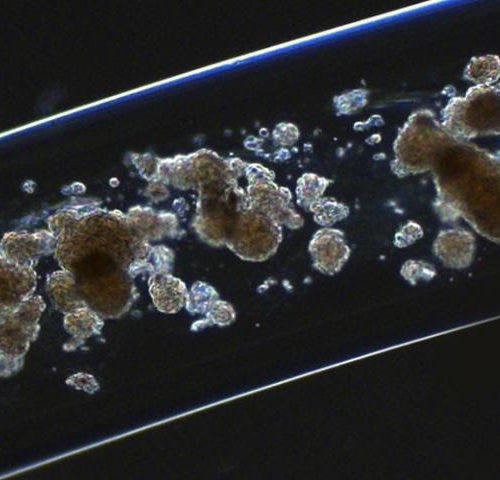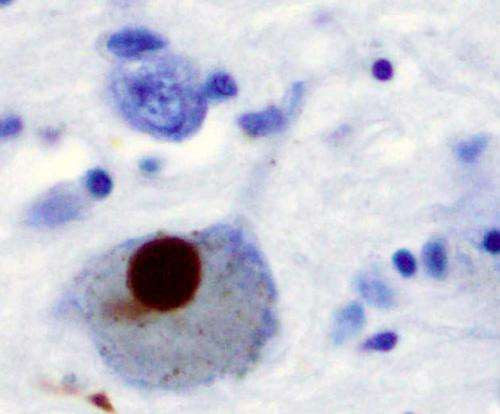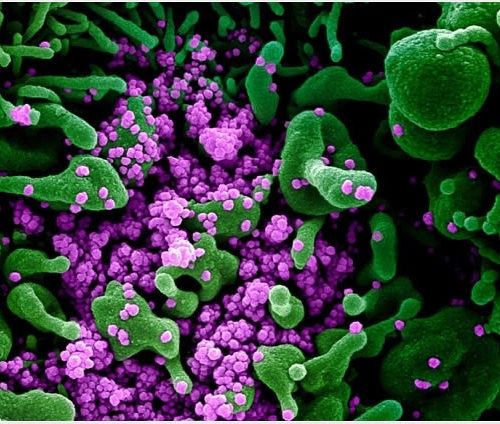HOKKAIDO UNIVERSITY A hydrogel, a type of soft matter, developed at Hokkaido University successfully reverted cancer cells back to cancer stem cells within 24 hours, in six different human cancer types. This could lead to the development of anti-cancer stem cell drugs and personalized medicines. An innovative hydrogel – called a double network (DN) gel...
Tag: <span>hydrogel</span>
Injectable hydrogel could someday lead to more effective vaccines
AMERICAN CHEMICAL SOCIETY Vaccines have curtailed the spread of several infectious diseases, such as smallpox, polio and measles. However, vaccines against some diseases, including HIV-1, influenza and malaria, don’t work very well, and one reason could be the timing of antigen and adjuvant presentation to the immune system. Now, researchers reporting in ACS Central Sciencedeveloped an...
Novel alkaline hydrogel advances skin wound care
Scientists, including an undergraduate student, develop a novel method to produce an alkaline hydrogel that could be applied to healing wounds better TOKYO UNIVERSITY OF SCIENCE A NEW METHOD THAT REQUIRES NO SPECIALIZED EQUIPMENT AND CAN BE PERFORMED AT ROOM TEMPERATURE TO PRODUCE AN ALKALINE HYDROGEL IN FIVE MINUTES, ALLOWING ITS EASY IMPLEMENTATION IN ANY...
Phosphorus: Glowing, Flammable, and Essential to Our Cells
BY ABBEY BIGLER Of the 118 known elements, scientists believe that 25 are essential for human biology. Four of these (hydrogen, oxygen, nitrogen, and carbon) make up a whopping 96 percent of our bodies. The other 21 elements, though needed in smaller quantities, perform fascinating and vital functions. Phosphorus is one such element. It has...
STRONG HYDROGEL COULD REPLACE BUSTED KNEE CARTILAGE
An experimental gel is the first to match the strength and durability of knee cartilage, researchers say. The material may look like a distant cousin of Jell-O—which it is—but it’s incredibly strong. It’s 60% water, but a single quarter-sized disc can bear the weight of a 100-pound kettlebell without tearing or losing its shape. THE...
Diabetic mice improve with retrievable millimeter-thick cell-laden hydrogel fiber
INSTITUTE OF INDUSTRIAL SCIENCE, THE UNIVERSITY OF TOKYO CREDIT: INSTITUTE OF INDUSTRIAL SCIENCE, THE UNIVERSITY OF TOKYO Tokyo, Japan – Type 1 diabetes mellitus (T1DM) results from an irreversible autoimmune destruction of insulin-producing pancreatic β-cells requiring life-long substitution of insulin. In a new study, researchers at the Institute of Industrial Science, The University of Tokyo...
Insight into protein misfolding could open up new approaches to treat Parkinson’s disease
by University of Cambridge Researchers have uncovered a link between the structure of the protein alpha-synuclein and its likelihood to misfold and aggregate. Alpha-synuclein aggregates are the hallmark of neurodegenerative disorders, such as Parkinson’s disease. Their findings, published today in Nature Communications, identify potential new therapeutic targets in the treatment of Parkinson’s disease. The human...
Antioxidant nanofiber mats help prevent food spoilage and heal wounds
By Michael Irving Antioxidants are important for fighting the process of oxidation, which can spoil food and alcohol and harm cells in the body. Now, researchers at Texas A&M University have woven antioxidants into nanofiber mats, which release the vital compounds slowly and could be useful for food coverings or bandages. Oxidation is a chemical...
SARS-CoV-2 spike protein discovery could pave way for COVID-19 vaccine
By Sally Robertson, B.Sc Researchers at the Indian Institute of Technology, Guwahati, have made an important discovery about a viral fusion protein found on the surface of severe acute respiratory syndrome coronavirus 2 (SARS-CoV-2) that could help researchers develop a vaccine. Their finding that a mutation in the protein’s cleavage site disrupts binding to host...
Light Powered Robot Made from Hydrogel to Operate Inside Body
MEDGADGET EDITORS MATERIALS, NANOMEDICINE, SURGERY Engineers at University of California, Los Angeles have come up with a tiny new robot that can be controlled and powered using a beam of light. Called OsciBot, because of its oscillating motion, the robot is made entirely out of a light-responsive hydrogel and doesn’t carry its own power source, relying...

